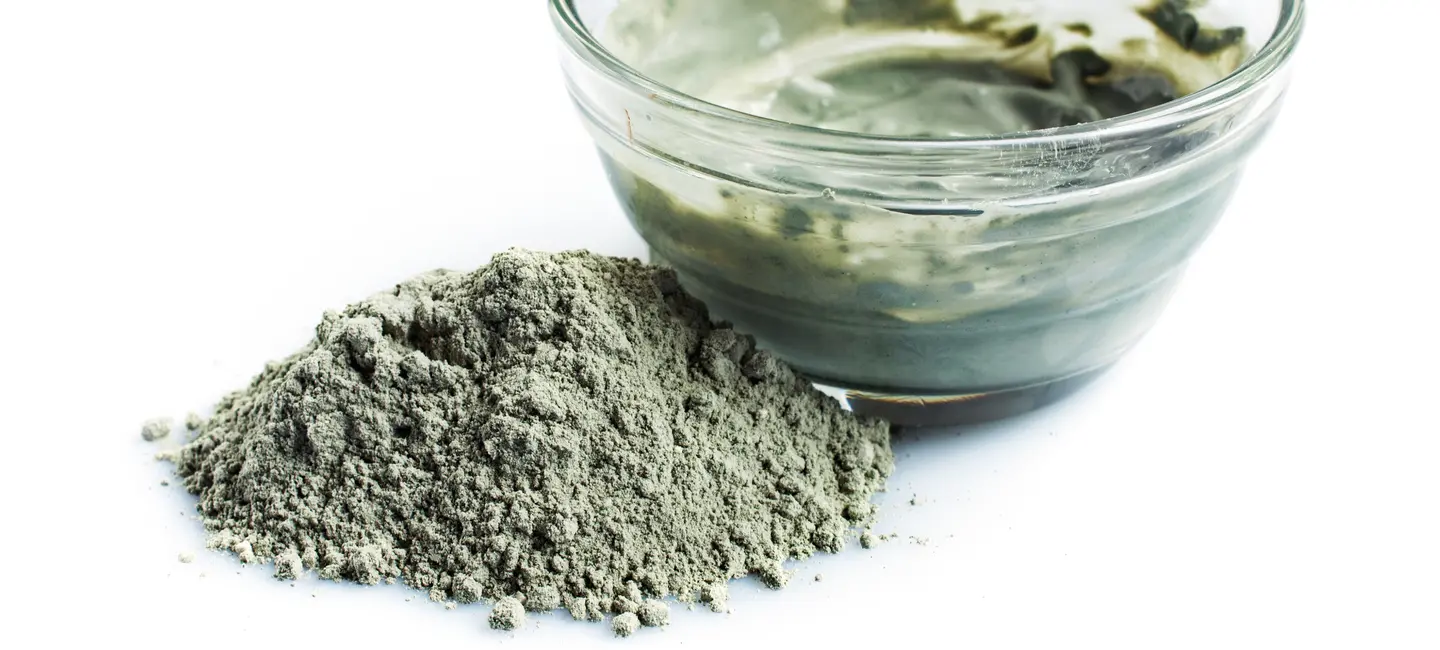
Clay is a type of fine-grained rock or soil. Some types of clay are used to make medicine.
People use clay for diarrhea and other stomach disorders, mouth sores, detoxification, and other conditions. But there is no good scientific evidence to support most of these uses.
Is It Effective?
NatMed Pro rates effectiveness based on scientific evidence according to the following scale: Effective, Likely Effective, Possibly Effective, Possibly Ineffective, Likely Ineffective, Ineffective, and Insufficient Evidence to Rate.
- Diarrhea caused by rotavirus. Taking clay by mouth seems to reduce the duration of acute diarrhea by about 1 day in infants and children. It might also increase the number of children cured by day 3. In most studies, acute diarrhea was caused by rotavirus.
- Diarrhea caused by cancer drug treatment. Taking clay by mouth doesn't seem to improve symptoms in people with diarrhea caused by cancer drug treatment. But the results from this study are unreliable due to the low rate of severe diarrhea the occurred during the study. The low rate of severe diarrhea may have caused to study to be too small to determine differences between the treatment and control group.
- A long-term disorder of the large intestines that causes stomach pain (irritable bowel syndrome or IBS). Some early research suggests that taking a type of clay by mouth for 8 weeks improves pain, discomfort, and bloating in people with IBS who have diarrhea. Other research suggests that taking another form of clay improves pain and discomfort in people with IBS in which the major symptom is constipation but not diarrhea. However, some research suggests that clay is less effective than a product containing karaya gum at improving pain and intestine function in people with IBS.
- Swelling (inflammation) and sores inside the mouth (oral mucositis). Applying a cream containing clay and a form of iodine to sores inside the mouth seems to help sores heal faster. It's unclear if this benefit is due to clay, iodine, or the combination.
- Nausea.
- Poisoning.
- Other conditions.
More evidence is needed to rate the effectiveness of clay for these uses.
Is it Safe?
Clay might bind to certain metals and prevent them from being absorbed by the stomach and intestines. This might help treat or prevent poisoning due to toxic metals such as mercury. Clay might also protect cells in the intestines by covering them.
When taken by mouth: Clay is POSSIBLY SAFE when taken by mouth for a short period of time. It has been safely used in doses up to 3 grams daily for 3 months or 4 grams daily for 6 weeks. Side effects are usually mild but may include constipation, vomiting, or diarrhea. Clay is POSSIBLY UNSAFE when taken by mouth for a long period of time. Eating clay long-term can cause low levels of potassium and iron. It might also cause lead poisoning, muscle weakness, intestinal blockage, skin sores, or breathing problems.
When applied to the skin: Clay is POSSIBLY SAFE when applied to the skin inside the mouth. A clay called dioctahedral smectite 12 grams daily has been used safely in the mouth as a cream for 5 days.
Special Precautions & Warnings:
Pregnancy: Clay is POSSIBLY UNSAFE for pregnant women when taken by mouth for a long time. Taking clay by mouth while pregnant might increase the risk of high blood pressure or swelling. There isn't enough reliable information to know if clay is safe to use short-term when pregnant.
Breast-feeding: There isn't enough reliable information to know if clay is safe to use when breast-feeding. Stay on the safe side and avoid use.
Children: Clay is POSSIBLY SAFE when taken by mouth, short-term. A type of clay called calcium montmorillonite seems to be safe for children ages 3-9 years when taken in doses up to 1.5 grams daily for 2 weeks. Another type of clay called dioctahedral smectite seems to be safe when taken for up to 6 days in doses of 6 grams daily by infants up to 12 months old and 12 grams daily by children 12 months and older.
Anemia: Clay might interfere with iron absorption and worsen this condition.
Low potassium levels (hypokalemia): Clay might lower potassium levels and make this condition worse.
Cimetidine (Tagamet)
Interaction Rating=Moderate Be cautious with this combination.
Clay might lower the absorption of cimetidine (Tagamet). This might decrease the effects of cimetidine.
Quinine
Interaction Rating=Moderate Be cautious with this combination.
Taking clay along with quinine might reduce the amount of quinine the body absorbs. This might decrease the effects of quinine.
There are no known interactions with foods.
The following doses have been studied in scientific research:
CHILDREN
BY MOUTH:
- For diarrhea caused by a rotavirus: Clay has been given to infants and children daily for up to 6 days or until recovery. The most common doses used are 1.5 grams for infants up to 12 months old and 3 grams for infants 12 months and older. Doses are given up to four times daily.
Information on this website is for informational use only and is not intended to replace professional medical advice, diagnosis, or treatment. While evidence-based, it is not guaranteed to be error-free and is not intended to meet any particular user’s needs or requirements or to cover all possible uses, safety concerns, interactions, outcomes, or adverse effects. Always check with your doctor or other medical professional before making healthcare decisions (including taking any medication) and do not delay or disregard seeking medical advice or treatment based on any information displayed on this website.
© TRC Healthcare 2024. All rights reserved. Use and/or distribution is permitted only pursuant to a valid license or other permission from TRC Healthcare.
